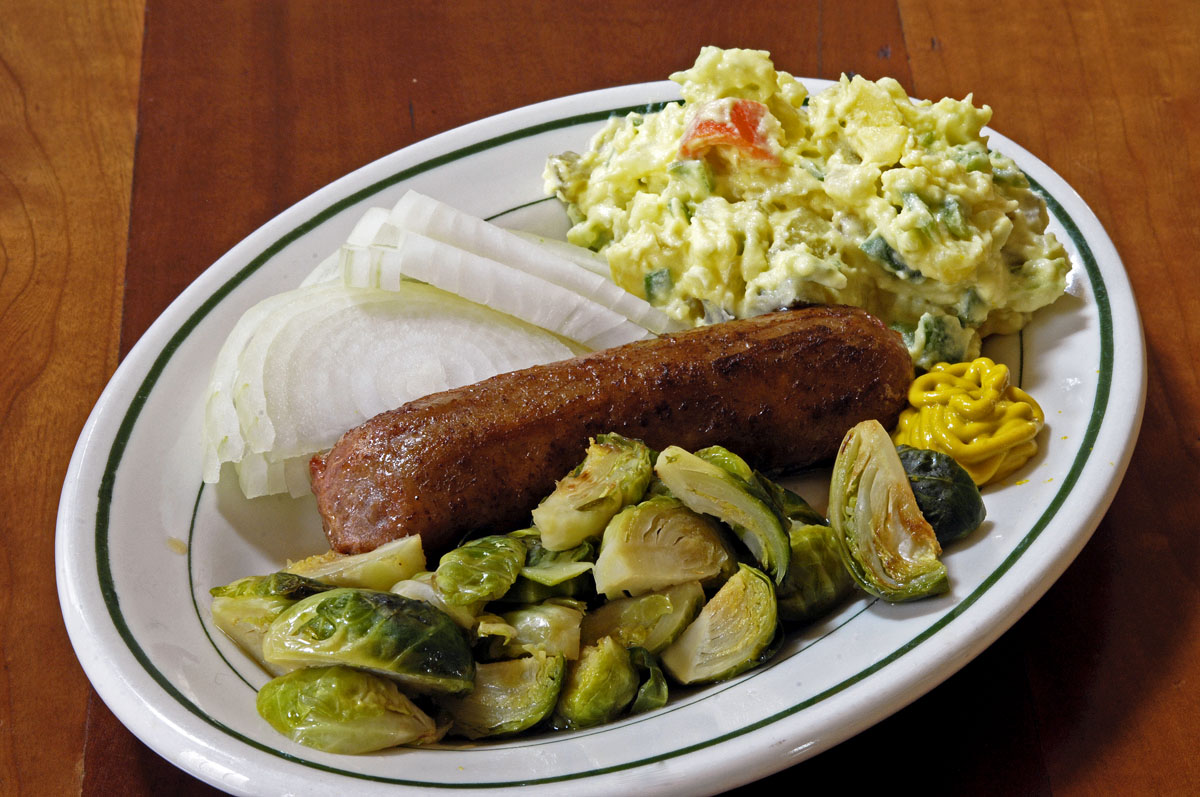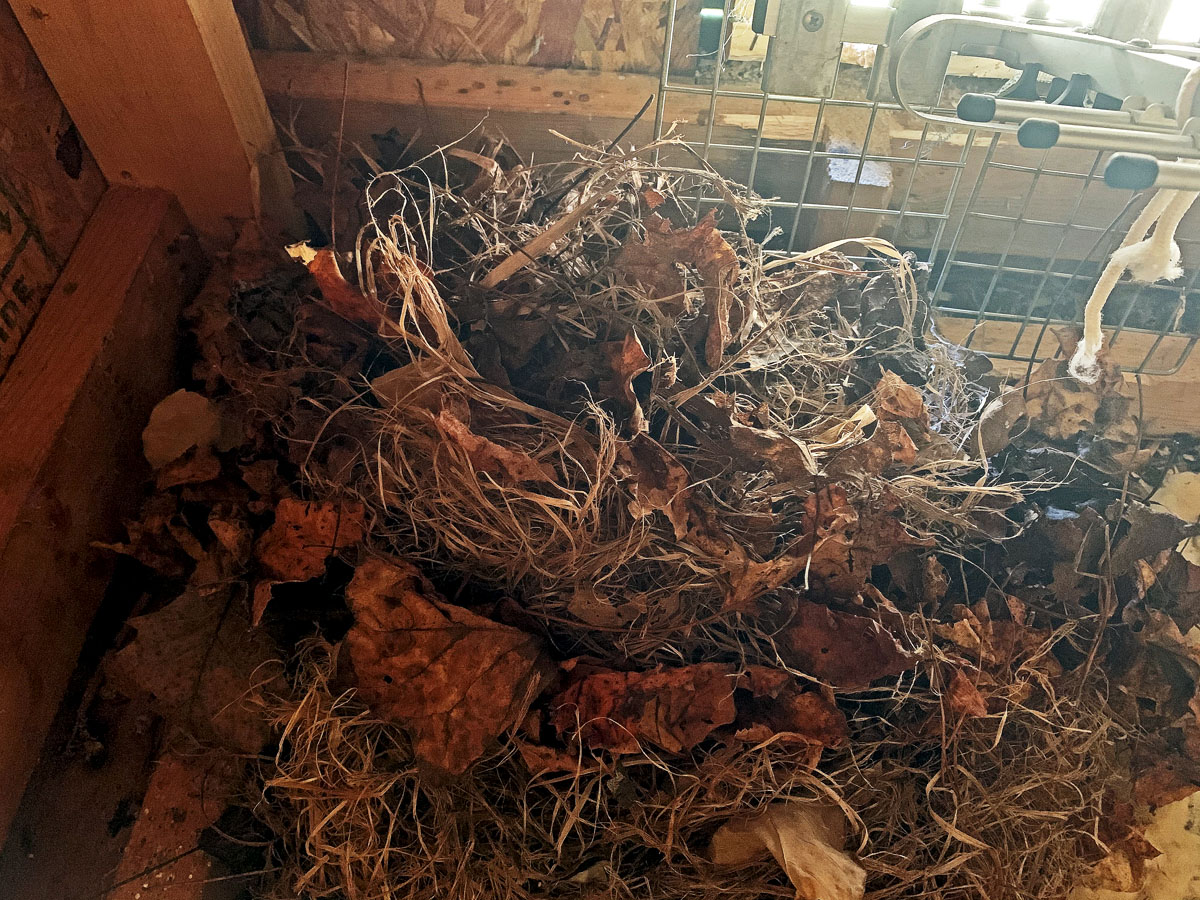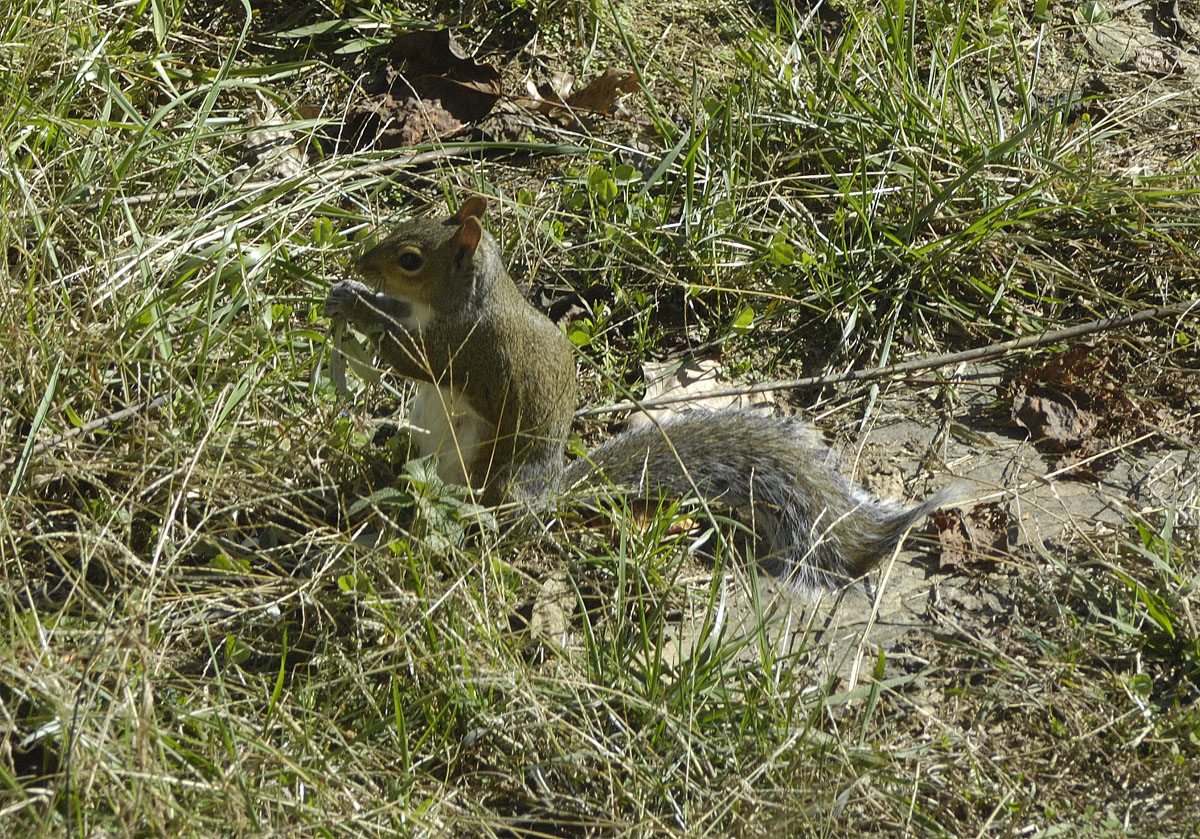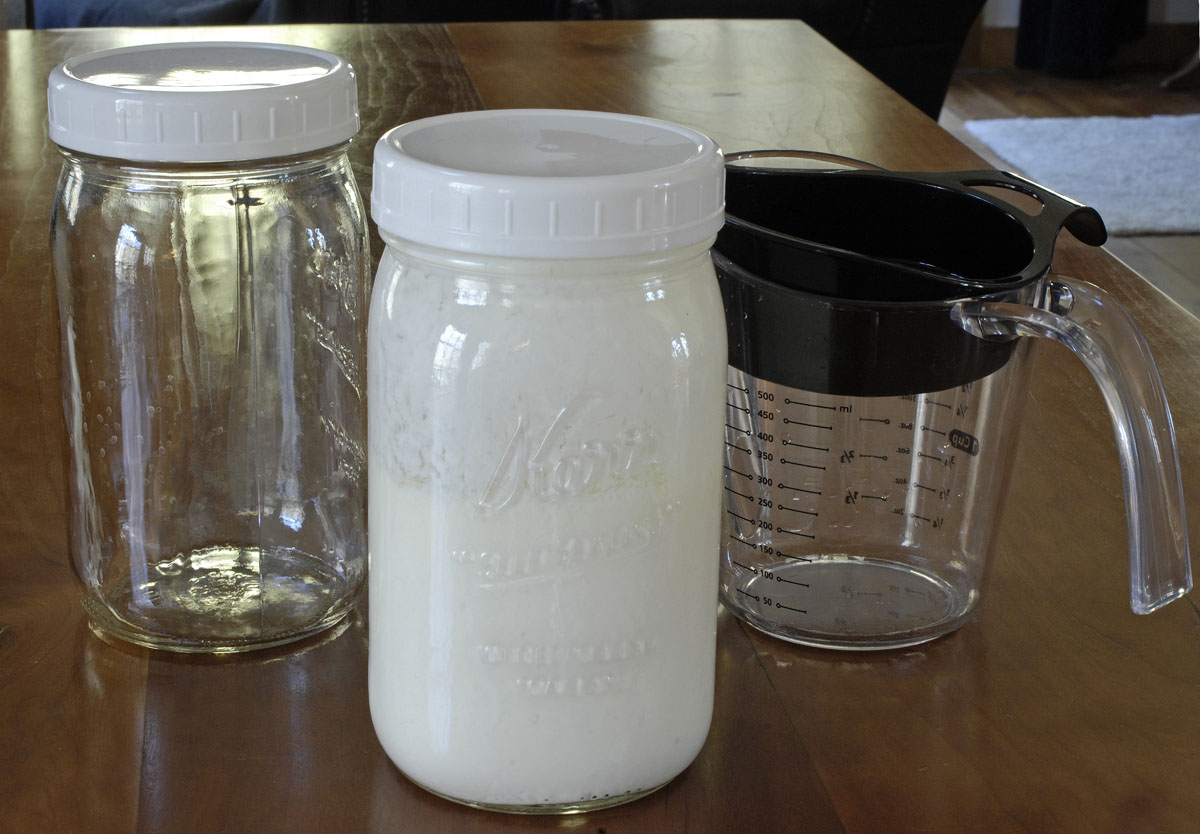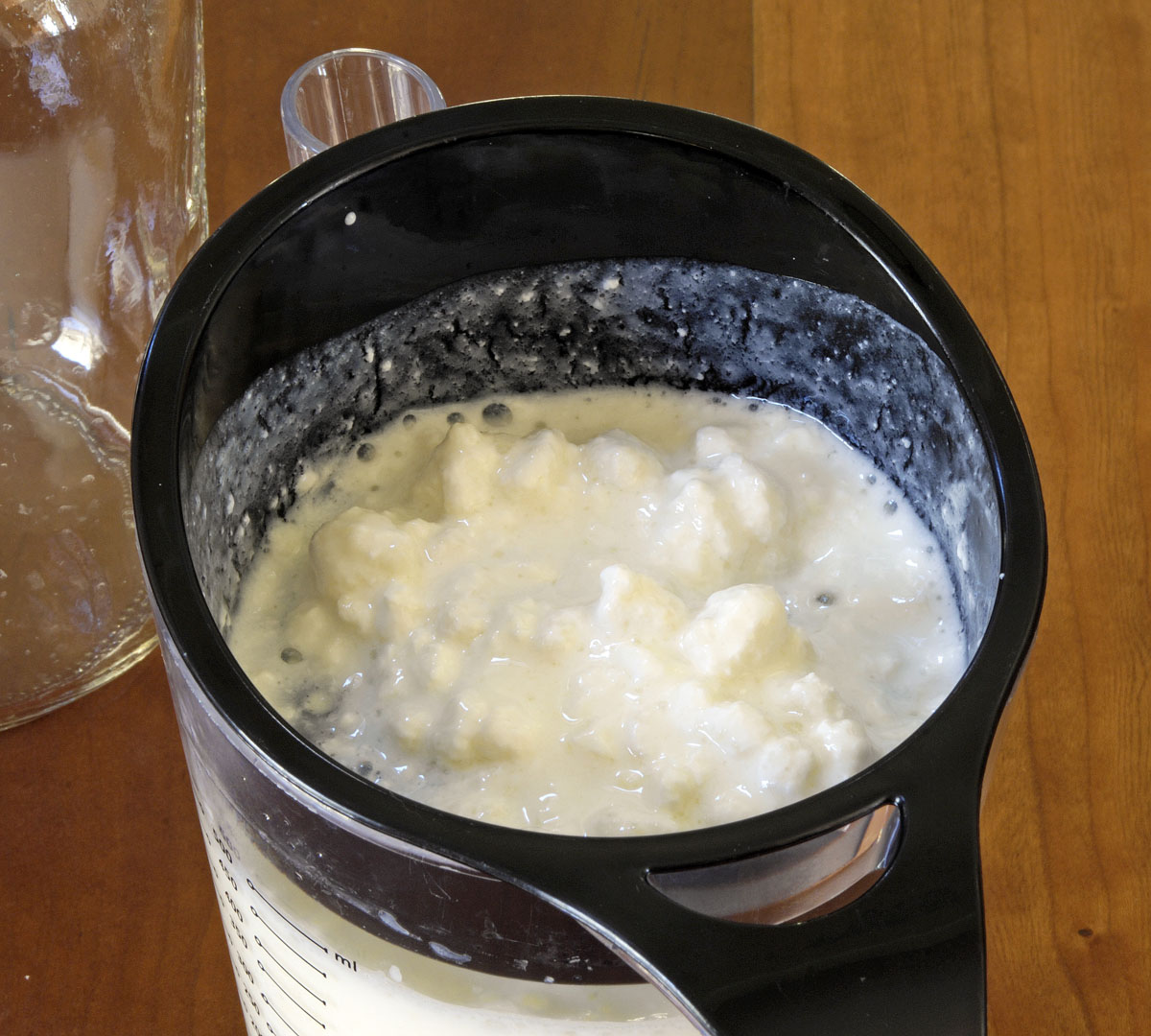One of the things that astonishes me and scares the daylights out of me, while watching the House impeachment hearings, is what the Republican Party has become. The vileness and just plain meanness of Reps. Jim Jordan and Devin Nunes are on full display as they spit and rant and bully to create sound bites for Fox News. But to Republicans, the two of them are heroes and leaders.
I have written here before about the American psychologist Jonathan Haidt and how he has tried to convince us that liberals and conservative have equal — just different — claims on virtue. Haidt actually convinced me of the opposite: that conservatives’ love of authority, their fixation on purity (where pure means just like them), and their fear and distrust of out-groups puts conservatives in constant moral peril. But it’s even worse than that, because it’s all too easy for the authority that conservatives crave to whip up their fears and suspicions and make them a danger to everyone else.
Paul Krugman, in today’s column in the New York Times, writes that Republicans are proving that there is no bottom to their corruption. Krugman writes, “I don’t think most observers realize, even now, the extent to which many Republicans view their domestic opponents not as fellow citizens but as enemies with no legitimate right to govern.”
I realize it, all right. A few days ago, in the Facebook group of the Republican Party in my county, a Republican wrote: “Too many people on the right think that the Democrats of today are good people with bad ideas. That is no longer true. They are evil people, not worthy of this country, and we need to be plotting how to forcibly deport them to Greenland, etc.” Among those who “liked” this comment were two Republicans who are running for county commissioner. This is the kind of thinking that Fox News has retailed into the provinces.
But what I want to write about here is the survival of decency when authoritarians are so corrupted and so off the rails that the American democracy is in great danger. Normally, the people who work inside the “Deep State” are anonymous and invisible to those of us who don’t work in Washington. The impeachment hearings have given names and faces to some of them — Fiona Hill, David Holmes, Lt. Col. Alexander Vindman, Marie Yovanovich. People such as them, because of their decency and their professional ethics, have to be shoved aside for corruption to have its way. Trump slanders them. And the likes of Jim Jordan and Devin Nunes slander them to defend Trump. It is sickening to watch.
Liberals, with their focus on fairness, justice, and kindness, are in a terrible position when conservatism becomes corrupt and dangerous. How do you stop them without becoming just like them? The last defense, of course, is the law.
Adam Schiff’s closing comments yesterday were as perfect an expression of decency — and the duties of decency — as I can imagine. This video is 20 minutes long; make yourself a cup of tea. I can’t help but think that it would be horrible to be a conservative, blindly in thrall to a con man like Donald Trump, with such a sorry and corruptible sense of virtue. Schiff’s words are a great comfort to those of us whose good fortune it is not to be like that.




